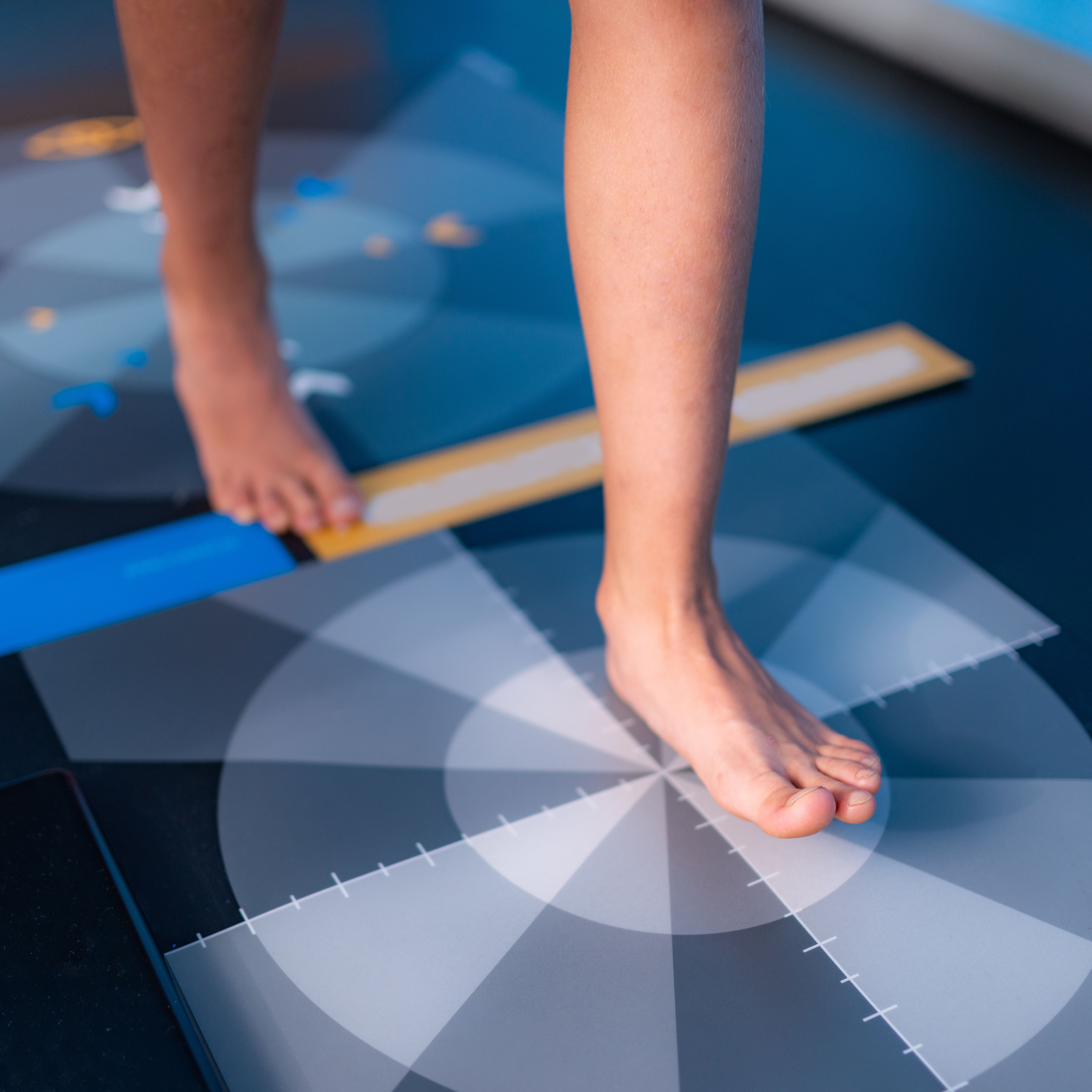Article
New Study Supports 3-Meter Backward Walk Test Tool for Fibromyalgia
Author(s):
Single and dual-task conditions were implemented to determine the reliability of the 3MBWT alongside the Timed Up and Go test in assessing balance-related fibromyalgia symptoms.

The 3-Meter Backward Walk Test (3MBWT) has proven to be a reliable tool for gait assessment in multiple patient populations. However, before this study, its reliability in fibromyalgia (FM) hadn't been evaluated.
One of the most debilitating symptoms experienced by almost half of patients with fibromyalgia is impaired balance, according to investigators. More specifically, patients often report nonspecific postural balance disorder, reduced mobility performance, as well as increased risk and occurrence of falls.
It was also noted that movements that necessitate attention and execution function, such as those related to gait, disturbances have been detected among patients with fibromyalgia. As a result, this population often exhibits lower performance on balance tests.
The team of investigators, led by Juan Luis Leon-Llamas, Grupo de Investigación Actividad Física y Calidad de Vida (AFYCAV), Facultad de Ciencias del Deporte, Universidad de Extremadura, aimed to determine the reliability of the test under single and dual-task conditions.
Examing Fibromyalgia Symptoms with 3MBWT & TUG
For the investigation, a total of 21 women with fibromyalgia completed the Revised Fibromyalgia Impact Questionnaire along with 2 evaluations of physical fitness. The Time Up and Go (TUG) test was used to screen patients' balance and probability of falls, which was also accounted for in the 3MBWT as it evaluated neuromuscular control, proproception, and protective reflexes.
The Timed Up and Go activity consisted of patients getting up from a chair without armrests, walk a distance of 3 meters without running, turn around a cone, and then walk back to the chair to sit back down. For the 3MBWT assessm investigators marked a distance of 3 meters was measured with black tape to indicate the start and finish points. Beginning at the starting mark, patients had to walk backward as fast as they could while maintaining safety; they were permitted to look behind themselves if they needed to.
The tests were performed under single and dual-task conditions. After the single-task condition was implemented, patients were instructed to repeat the tests and subtract 2 by 2 while starting from a random number below 100 to incorporate the dual-task condition.
The Reliability of the 3-Meter Backward Walk Test
Data showed the 3MBWT can be considered reliable under single and dual-task conditions when measured simultaneously with a manual stopwatch and a Chronopic automatic stopwatch. Results yielded by the test and retest of 3MBWT and TUG assessments, with the different devices, demonstrated a strong concurrent validity.
According to investigators, the relationships between the performance of the 3MBWT in test and retest conditions under single and dual-task conditions measured with different devices and the impact of the disease were high. A higher reliability was observed when using a Chronopic stopwatch compared with a manual one.
However, the study listed some notable limitations such as the small population size and that no men were included for evaluation. Therefore, investigators stated their inability to generalize the results, even when only applied to women.
"The results obtained from this study show that the 3MBWT is a reliable tool under the single and dual-task conditions in women with fibromyalgia. This test also shows high concurrent validity with the TUG test, and its performance is related to the impact of the disease," they concluded. "These results may help clinicians and researchers in the assessment of balance and functional mobility and to interpret the effect of interventions in this population."
The study "Test–Retest Reliability and Concurrent Validity of the 3 m Backward Walk Test under Single and Dual-Task Conditions in Women with Fibromyalgia" was published in the Journal of Clinical Medicine.





